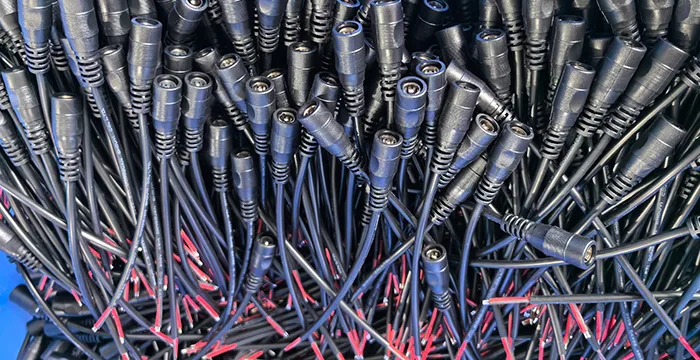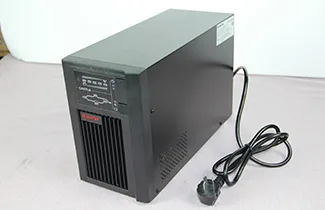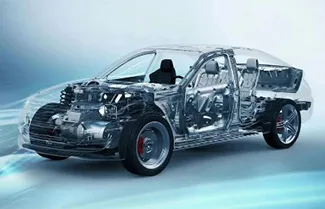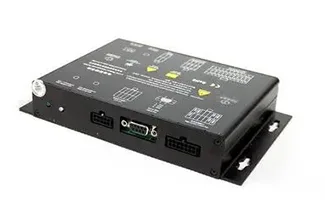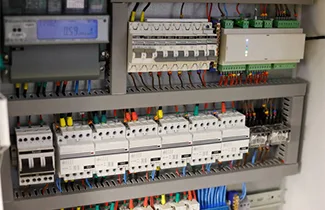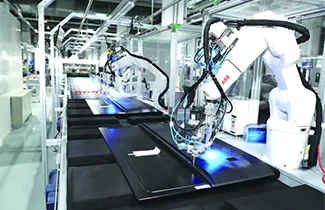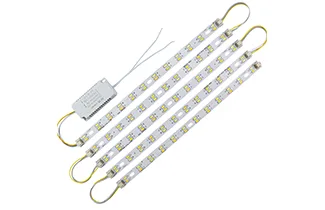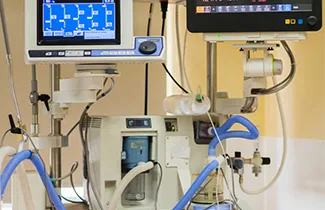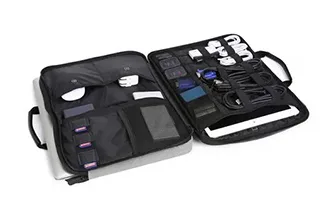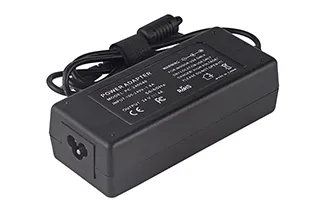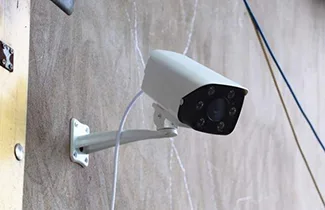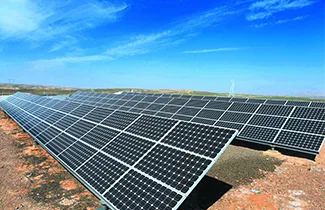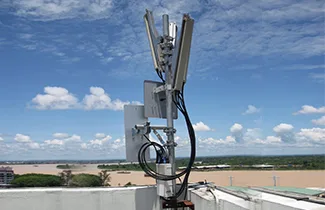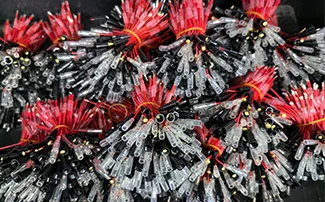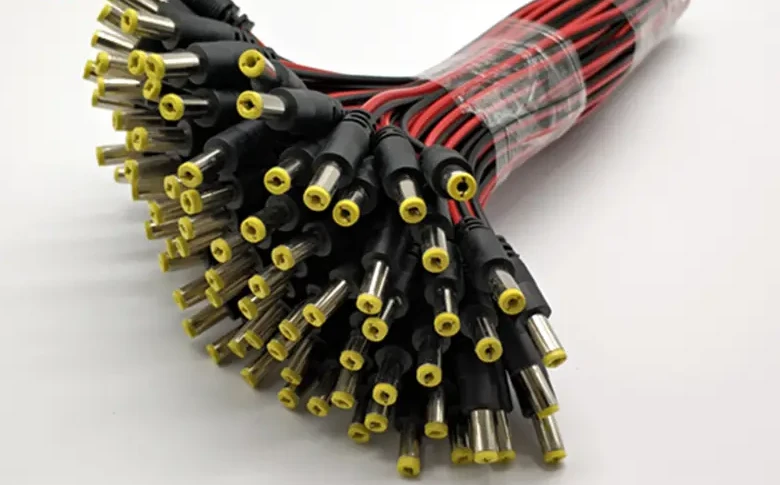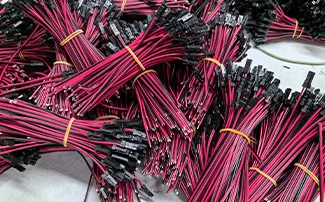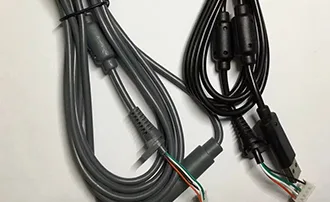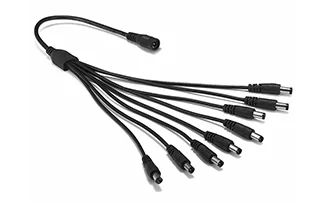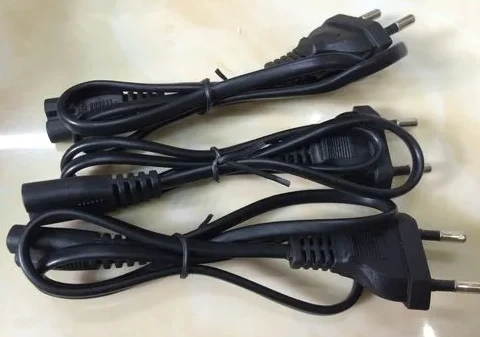-
Sale!
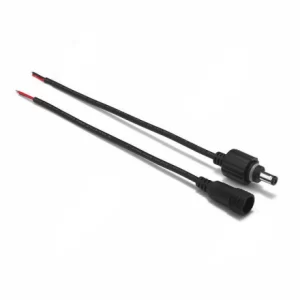 Rated 0 out of 5
Rated 0 out of 5$1.99Original price was: $1.99.$1.89Current price is: $1.89. -
Sale!
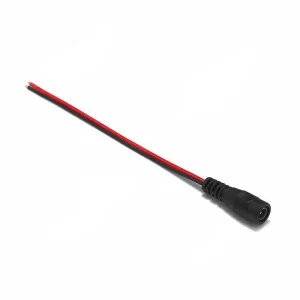 Rated 0 out of 5
Rated 0 out of 5$1.29Original price was: $1.29.$1.21Current price is: $1.21. -
Sale!
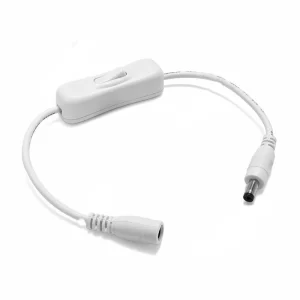 Rated 0 out of 5
Rated 0 out of 5$1.39Original price was: $1.39.$1.19Current price is: $1.19. -
Sale!
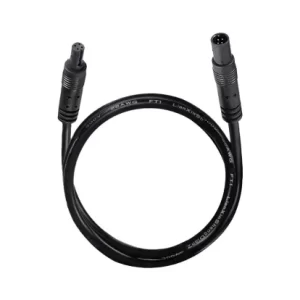 Rated 0 out of 5
Rated 0 out of 5$2.39Original price was: $2.39.$2.29Current price is: $2.29. -
Sale!
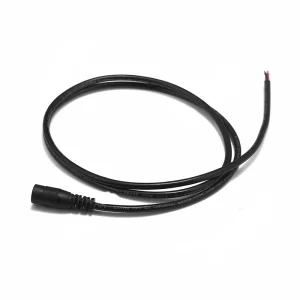 Rated 0 out of 5
Rated 0 out of 5$2.29Original price was: $2.29.$1.99Current price is: $1.99. -
Sale!
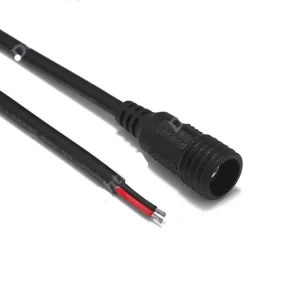 Rated 0 out of 5
Rated 0 out of 5$2.99Original price was: $2.99.$2.29Current price is: $2.29. -
Sale!
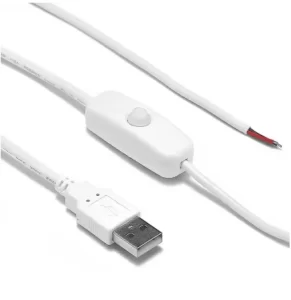 Rated 0 out of 5
Rated 0 out of 5$4.69Original price was: $4.69.$3.89Current price is: $3.89. -
Sale!
 Rated 0 out of 5
Rated 0 out of 5$5.99Original price was: $5.99.$3.99Current price is: $3.99. -
Sale!
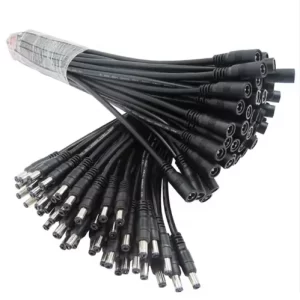 Rated 0 out of 5
Rated 0 out of 5$2.69Original price was: $2.69.$1.69Current price is: $1.69. -
Sale!
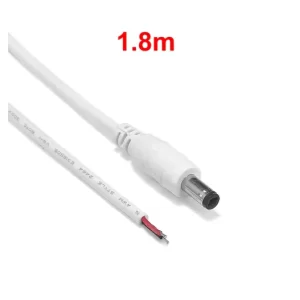 Rated 0 out of 5
Rated 0 out of 5$2.99Original price was: $2.99.$1.99Current price is: $1.99. -
Sale!
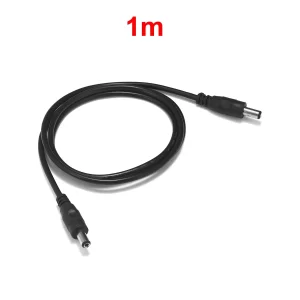 Rated 0 out of 5
Rated 0 out of 5$4.89Original price was: $4.89.$3.69Current price is: $3.69. -
Sale!
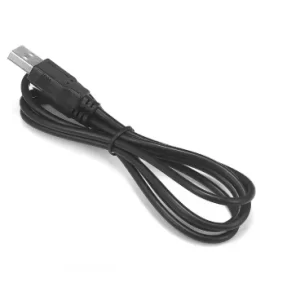 Rated 0 out of 5
Rated 0 out of 5$6.99Original price was: $6.99.$3.99Current price is: $3.99. -
Sale!
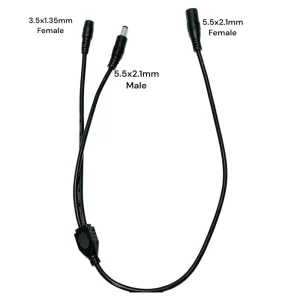 Rated 0 out of 5
Rated 0 out of 5$5.99Original price was: $5.99.$2.99Current price is: $2.99.

